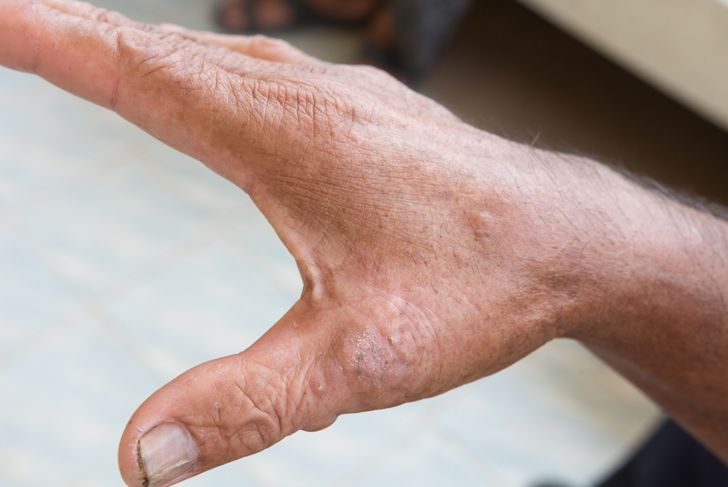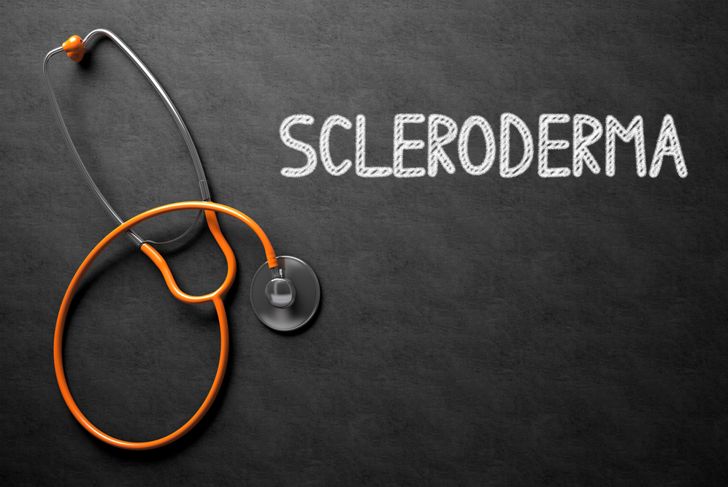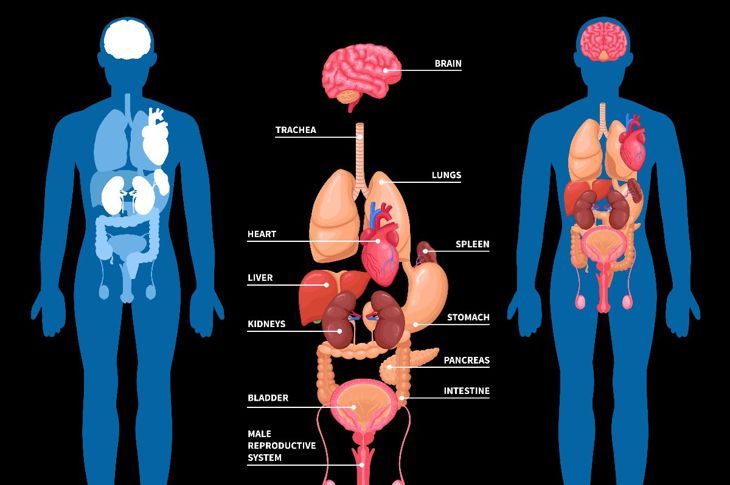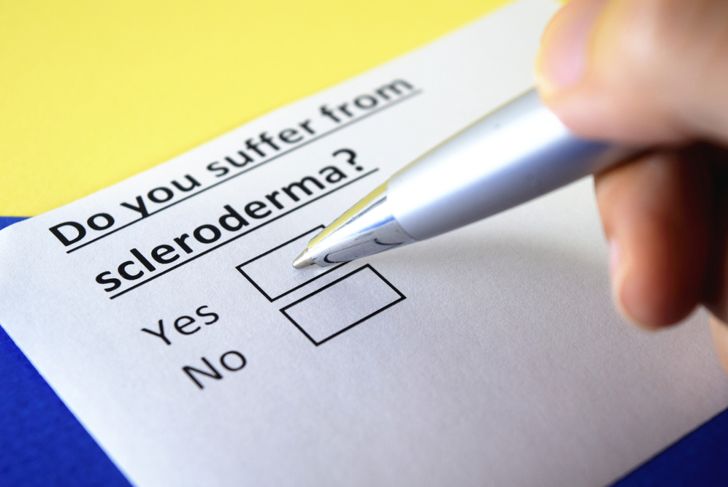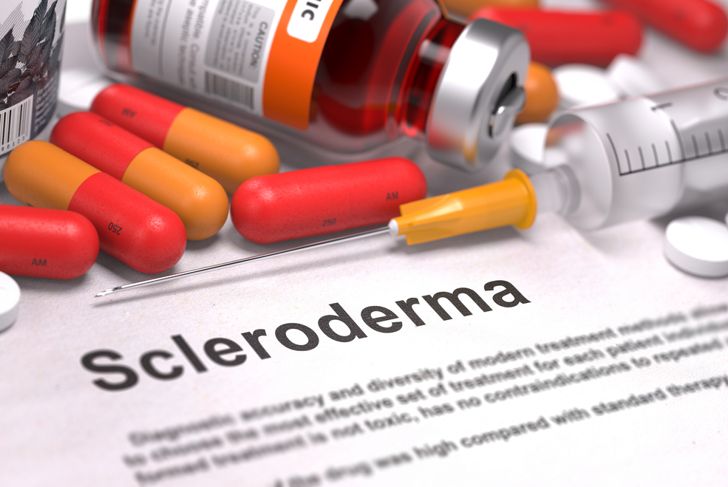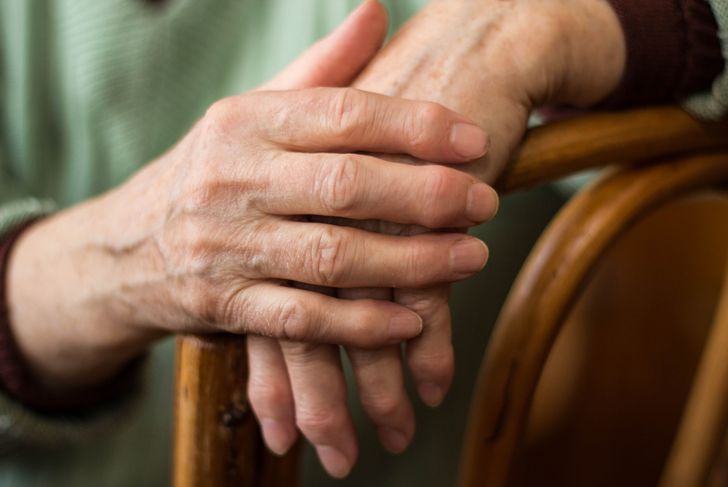Scleroderma is a disease of the immune system that scars and thickens the skin. Sometimes it damages the area around internal organs and blood vessels. It varies in severity from a mild form that most people can handle to life-threatening. The symptoms also vary widely among individuals. Scleroderma has no cure, but available treatments help keep it under control, so it doesn’t interfere much with normal life.
Highly Localized Symptoms
In its most common form, scleroderma presents as only one or two patches of hard skin. Most scleroderma patients suffer no harm to their internal organs. The disease is extremely unlikely to spread beyond the areas initially infected. Children with scleroderma are more likely to get it in this highly localized form. Medical research shows females are four times more likely to get scleroderma. Hereditary factors and ethnic origin may affect the chances of it developing.
Waxy Patches
Waxy patches of skin are the best-known symptoms of the type of localized scleroderma known as morphea. These patches can be of many different sizes, shapes, and colors. Quite often the skin beneath the patch becomes thicker. These patches can increase or decrease in size and even vanish suddenly. Statistics show that most cases of morphea happen in the 20-50 age bracket. Morphea also affects a fair number of children.
Sword Wound Scleroderma
Linear scleroderma causes a patch of tough, waxy skin to appear as a line creasing the forehead, neck, or head. It got its name because the line resembles the mark that a sword blade makes. People usually get this form of disease when they are children. Sometimes it can adversely affect the development of infected limbs.
Changes in Severity
Scleroderma symptoms may get better over time, or they may worsen. Those with diffuse systemic sclerosis often find that skin changes happen suddenly and their complaint worsens. However, a few years later they might notice a significant improvement in their skin condition. In contrast, those with cutaneous systemic sclerosis find their symptoms worsening over time. The right medications can prevent this from happening.
Limited Scleroderma
Approximately half of all cases take a relatively mild and restricted form called limited scleroderma. Less thickening of the skin occurs than in the more severe versions of the disease. Thick skin usually only occurs on the face and hands. It may appear very slowly over several years. However, those with this condition may still suffer from narrowed blood vessels in the lung that cause shortness of breath.
Damage to Internal Organs
Although most patients get milder forms of scleroderma, a more dangerous variety is capable of damaging key body organs. Systemic sclerosis gets its name because it may harden the tissue around the lungs, kidneys, and heart. This impairs the functioning of these organs, so the disease progresses quickly into a very serious health issue.
Easy to Confuse with Other Autoimmune Diseases
Even an experienced doctor has difficulty distinguishing cases of scleroderma from other autoimmune diseases with similar symptoms. The variations make the diagnosis that much more complicated. Nobody can predict symptoms because the disease experiences are so individualized. Experts estimate that many cases go undiagnosed or are misdiagnosed because of this.
White Toes and Fingers
One of the early symptoms of systemic sclerosis occurs when fingers and toes become white during cold spells. It is easy to dismiss this as a simple circulation problem. However, it might well be an incidence of Raynaud’s phenomenon. After this happens, other symptoms may appear as the disease starts to worsen.
Joint Pain
Joint pain is associated with all kinds of rheumatic complaints. Without some of the other signs of scleroderma, it might be very difficult to make the connection. Various medical tests, especially blood tests, should help a rheumatologist know whether this is a symptom of systemic sclerosis.
Serious Fatigue and Depression
Severe fatigue is another symptom that scleroderma shares with a wide range of other illnesses. In patients with systemic sclerosis, this fatigue is often accompanied by depression. Patients are understandably concerned when their condition defies easy diagnosis. The tense and often prolonged period before the diagnosis affects mental well-being.

 Home
Home Health
Health Diet & Nutrition
Diet & Nutrition Living Well
Living Well More
More